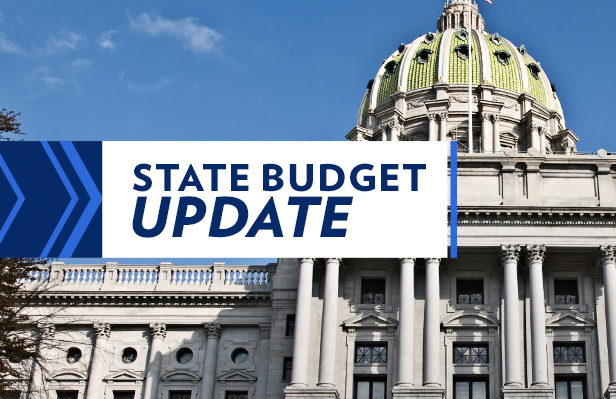Media

What Pennsylvania’s Budget Trends Mean for You
State government is growing at a startling rate. Since 1970, spending has risen by $4,010 per person—an inflation-adjusted increase of 189 percent. This is one of many findings in our latest publication, Tracking State Budget Trends.
The explosion in spending may come as a surprise to some, given the repeated claims about austerity in government—particularly in education, where cuts to programs are purportedly the norm. The facts reveal just the opposite. Education spending is at its highest level ever. What have Pennsylvanians received in return? No noticeable improvement in academic achievement and higher property taxes.
Education is one of the four major spending categories making it increasingly difficult for the legislature to enact sound budgets. The other three—corrections, debt service, and human services—have all grown tremendously over the last decade. Spending in all four categories increased by $11.8 billion, while spending in the remaining categories declined by $512 million.
That’s not to say spending outside the “Big Four” should be ignored. On the contrary, Pennsylvania’s corporate welfare programs need to be done away with to create a fair economic playing field where hard work and entrepreneurship—not political savvy—determine the makeup of the marketplace.
Still, eliminating corporate welfare is not enough to fix what ails Pennsylvania’s fiscal health. Significant reforms to the Big Four are a financial and moral imperative. Left unchecked, these categories will not only drive up spending but will trap more Pennsylvanians in our broken education, corrections, and welfare systems.
Even the people living outside these systems have a stake in their improvement. Their costs have contributed to the state’s high tax burden, which reduces the take home pay of working people and diminishes their prospects for better economic opportunities. In 1991, Pennsylvania’s tax burden was the 24th highest in the country. Since then, the burden has risen to 15th highest—a direct result of spending left on autopilot.
Pennsylvania’s trends—whether they be economic or fiscal—are worrisome. But they are reversible. If policymakers adopt innovative approaches to complex policy problems, they can clear the way for people to achieve their potential, which is the key to unleashing prosperity in Pennsylvania.
In the coming weeks, we’ll be releasing a new report to unlock this potential and help put Pennsylvania back on solid fiscal ground. Stay tuned.